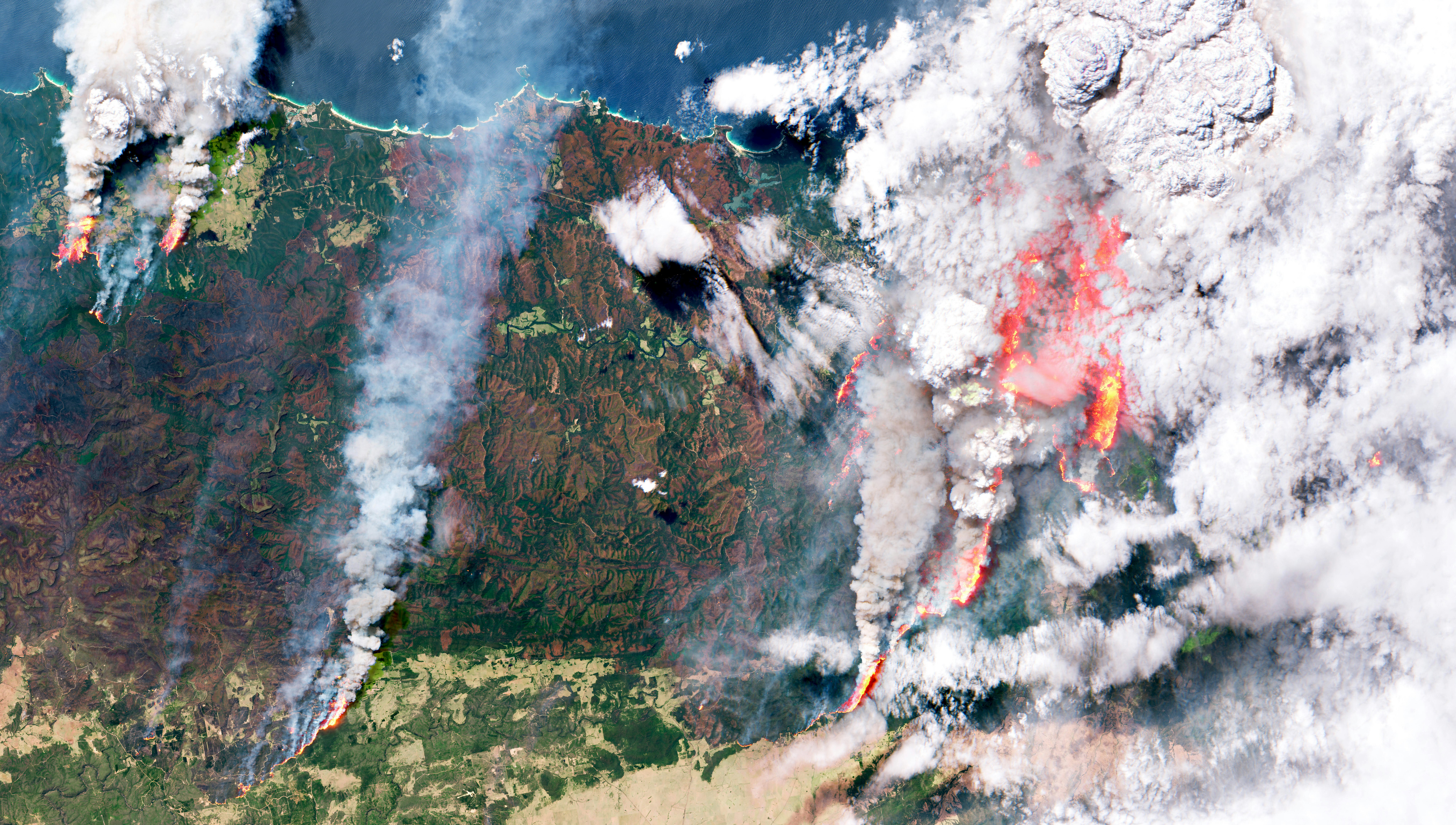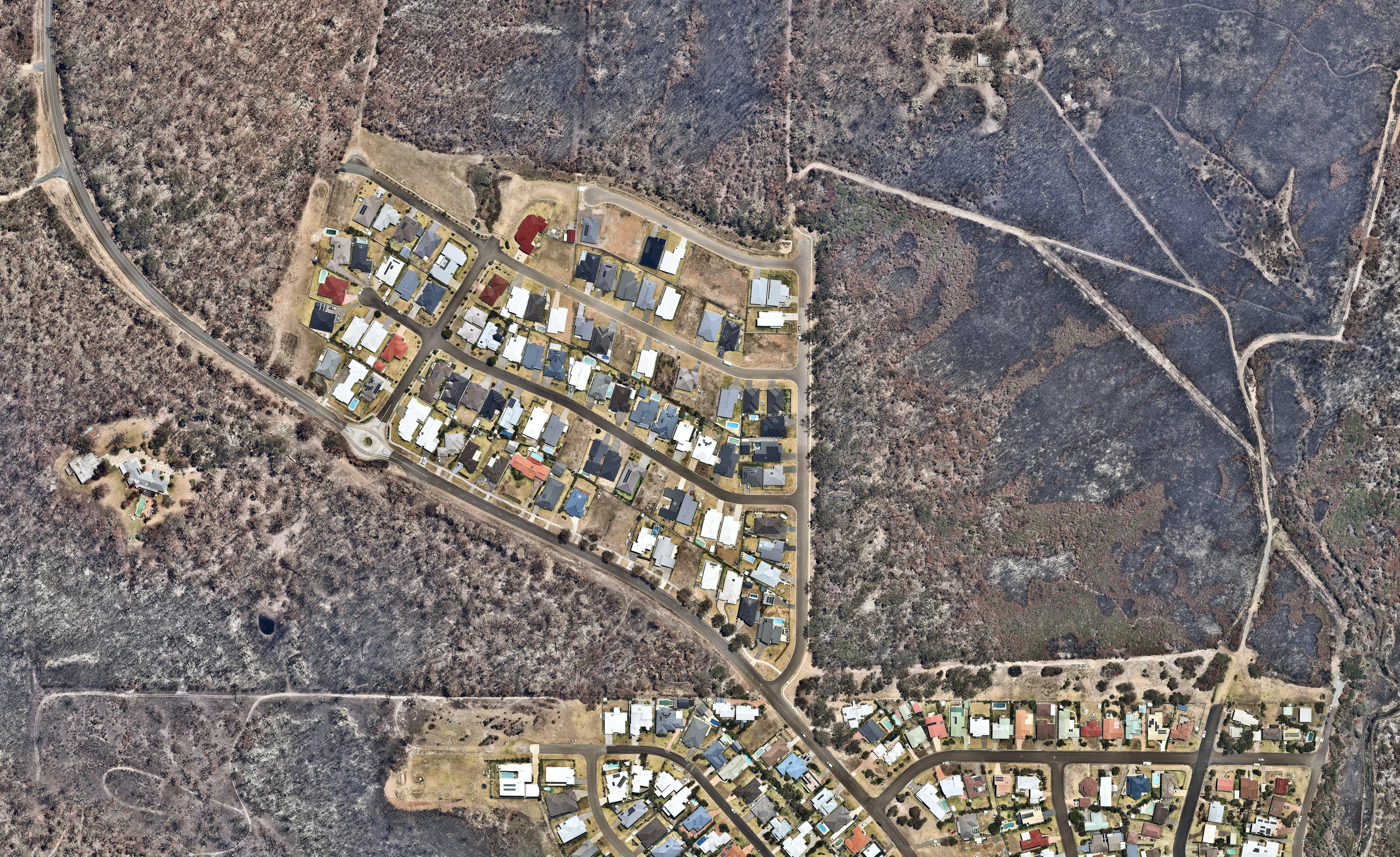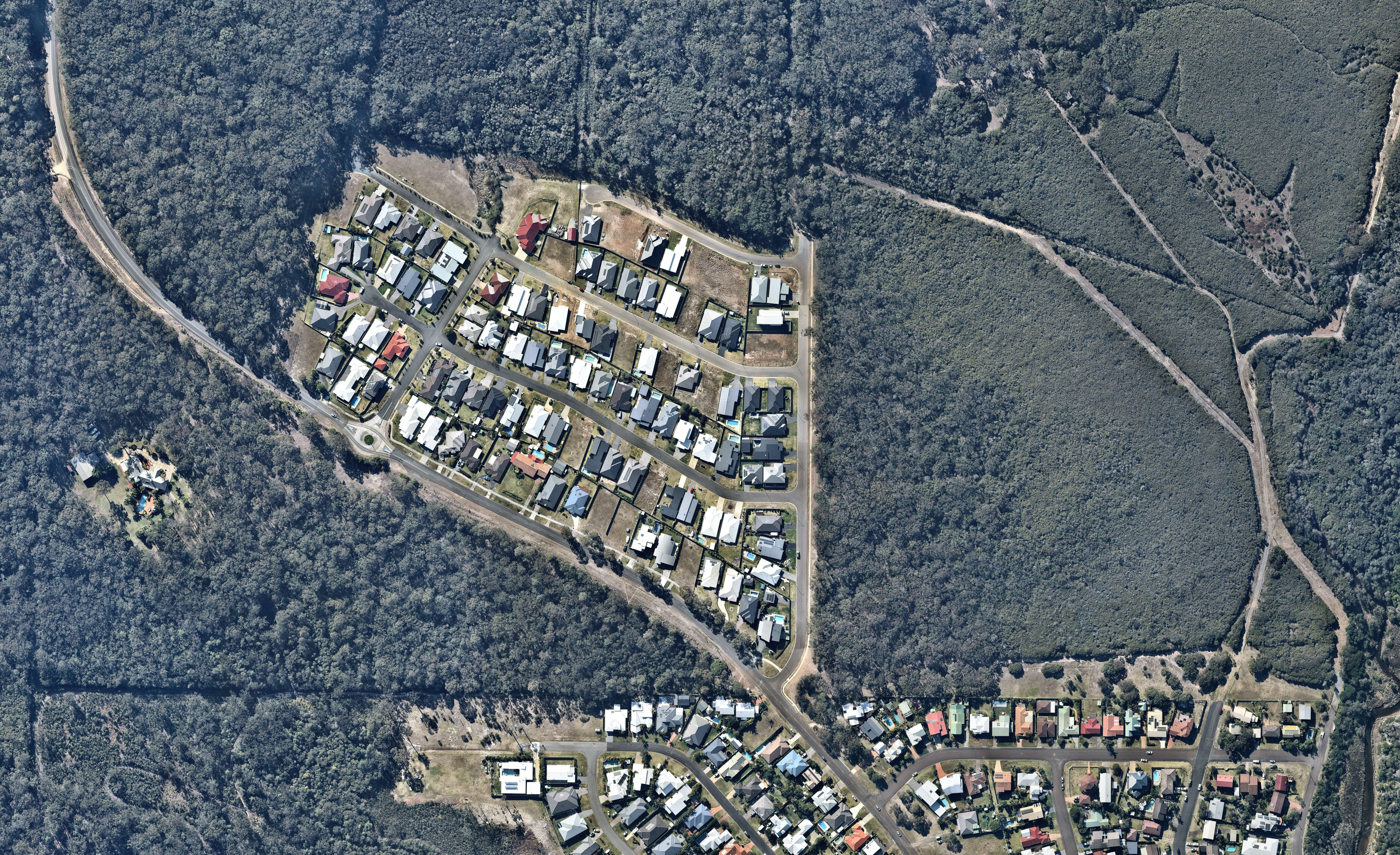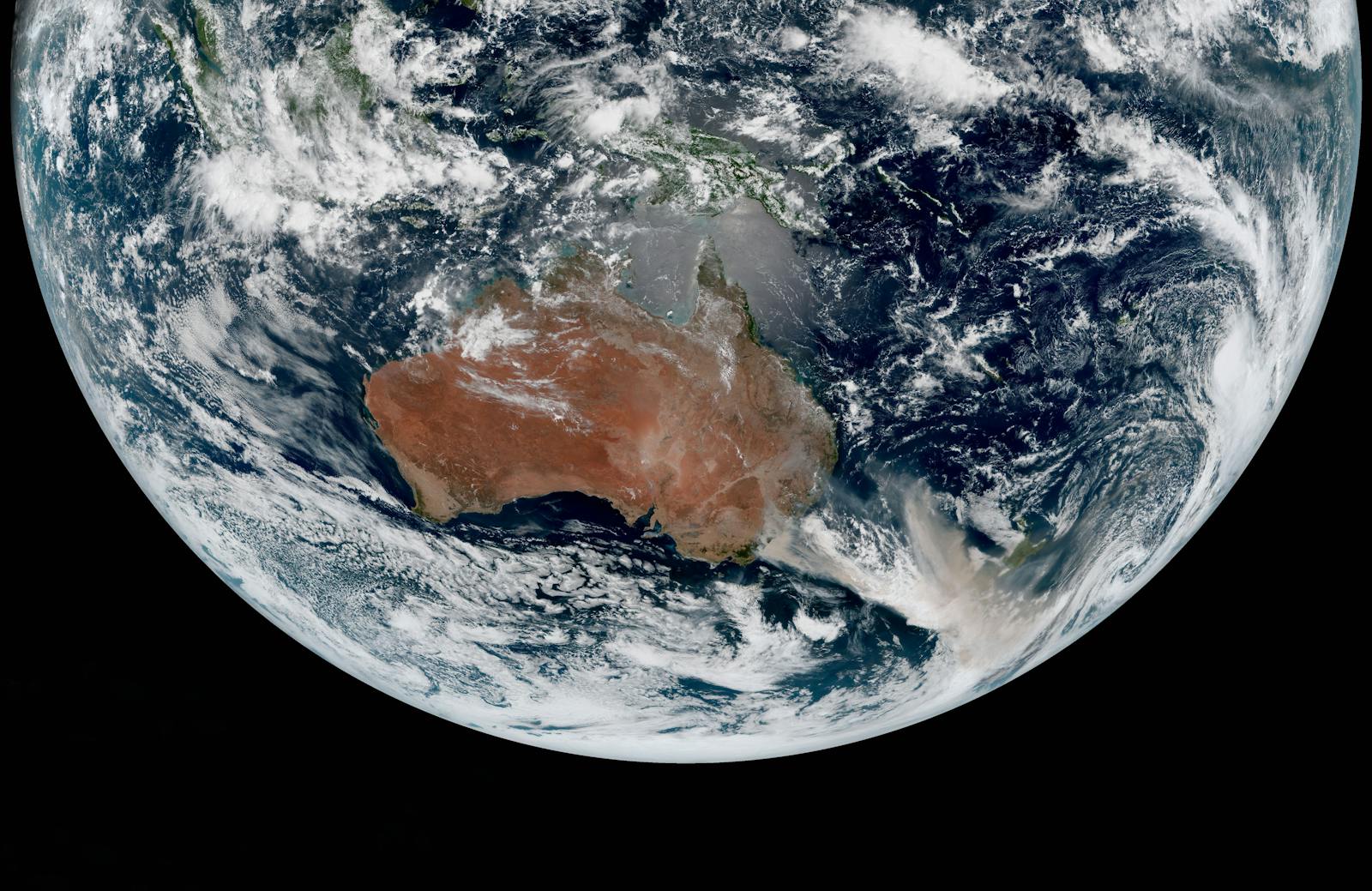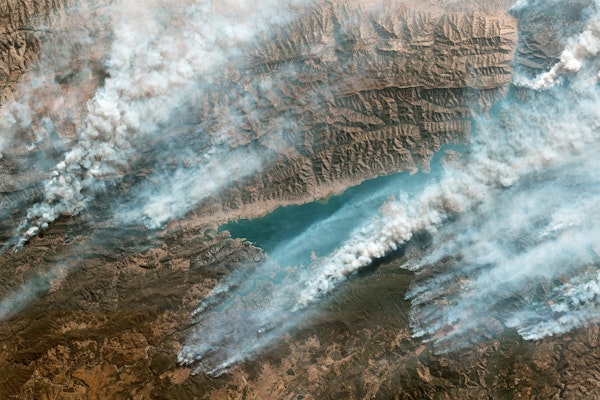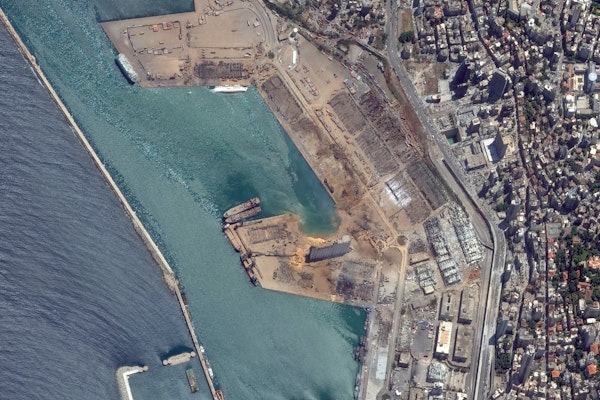While rains will help, firefighters and volunteers continue to try everything in their power to stop the continued spread of the bushfires. The use of containment lines, which typically involve bulldozing paths in the forest to prevent the fires from jumping, and water drops from planes are some of the strategies currently being employed. Life for many of Australia’s 25 million residents has been impacted by the fires – from poor air quality to the loss of homes. In the last few weeks, air quality in cities like Melbourne have been the most hazardous of anywhere in the world. Full ecosystems and animals have been devastated – the koala bear may soon be on the endangered species list. With global temperature increases on the rise, fire seasons will continue their intensity, perhaps challenging the livability of areas affected, forever. To learn more about how you can help and support those effected by the fires, click here.
